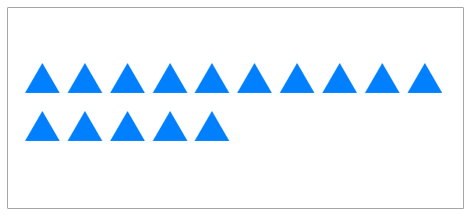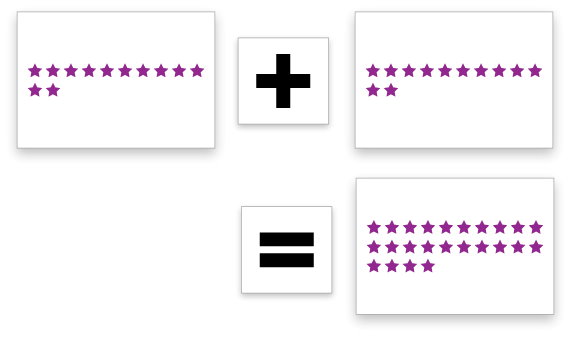Making numbers real for children who can't perceive quantity

The way that you teach math will depend at least in part on the age of your child. If your child is under the age of two and a half, you can make the most of her ability to subitize large quantities to teach her quantity recognition from 1 up to 100.
If your child is over two and a half - and especially if he is three or over, his ability to perceive quantity may be diminished. (However, it should be noted that Doman still recommends teaching the quantities from 0 to 20, even if your child is older.)
Some parents of older children feel sad when they realize it is too late for their child to benefit from traditional lessons in quantity. However, while it is wonderful for a child to have real quantities as a frame of reference, it is not the be-all and end-all when it comes to understanding math.
Little Math makes it easy to present quantities in grid formation instead of random formation. In this way, your child can begin to understand the reality of numbers even without being able to subitize larger quantities.
Seeing quantities in grid formation helps children (and adults!) to perform skip counting. For example, you may not be able to subitize 15 items. But look at 15 items arranged on a grid with 10 on the top row and 5 on the bottom, and you will quickly be able to tell that there are 15 of them - without counting or guessing.

This, in turn, can make the process of solving equations far more intuitive. For example...

Here, the child (or adult!) can literally see 2 lots of 12 making 24, instead of simply trying to memorize a times table.
This is important, since the best way for the child to appreciate any type of mathematics is through logical thinking rather than rote learning.
If you decide to use the computer to teach your child math, be sure to visit us in the BrillKids Forum, where you can find plenty of other parents doing the same!
